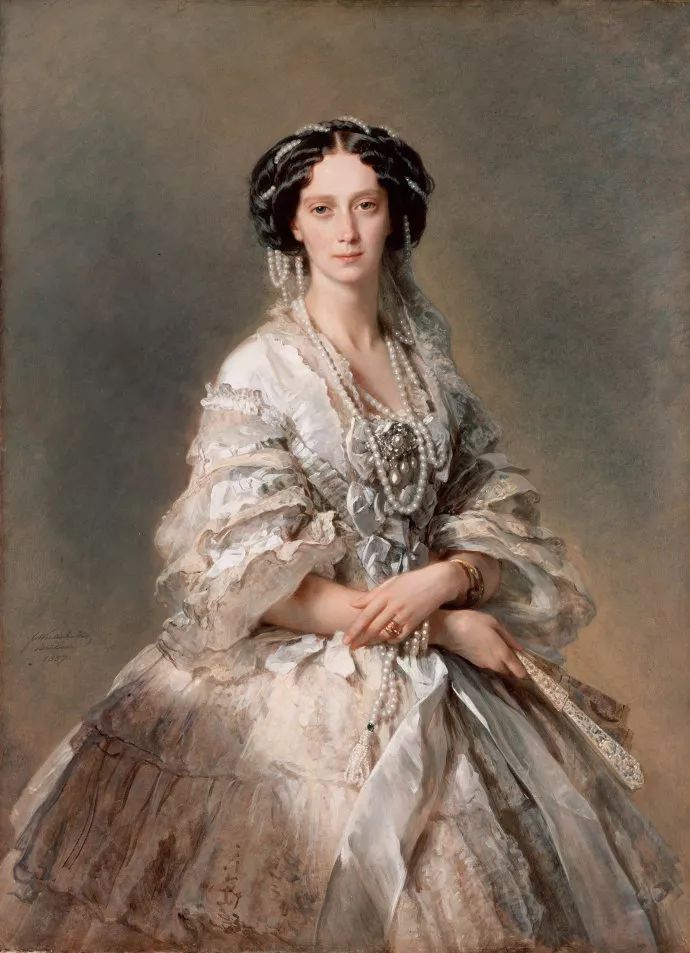Franz Peter Schubert Ave Maria: The Timeless Beauty of a Classical Masterpiece
### Description:Franz Peter Schubert’s Ave Maria is one of the most celebrated and recognized pieces in the classical music repertoire. Composed in 1825, th……
### Description:
Franz Peter Schubert’s Ave Maria is one of the most celebrated and recognized pieces in the classical music repertoire. Composed in 1825, this exquisite work showcases Schubert's lyrical genius and deep emotional resonance, making it a favorite among musicians and audiences alike. The piece is often performed in various settings, from intimate gatherings to grand concert halls, and has been adapted across multiple genres, including opera, choral music, and even popular music.
The Ave Maria text, which translates to "Hail Mary," is a traditional Catholic prayer asking for the intercession of the Virgin Mary. Schubert's setting of this text is particularly poignant, combining exquisite melody with profound spirituality. The composition is based on a section of the larger work "Ellens dritter Gesang," which is a setting of a poem by Sir Walter Scott. Schubert's ability to evoke deep emotion through music is evident in this piece, as he captures the essence of prayer and longing.

The structure of Schubert’s Ave Maria is characterized by its flowing melodic lines and rich harmonies. The piece begins with a serene introduction, setting a contemplative mood. As the music unfolds, the melody rises and falls, mirroring the emotional highs and lows of the prayer. Schubert’s use of dynamics adds to the expressive quality of the piece, allowing performers to convey a wide range of feelings. The result is a work that feels both intimate and grand, making it suitable for various occasions, from weddings to memorial services.
One of the reasons Schubert's Ave Maria remains so popular is its accessibility. While it is a staple in classical music, it has also crossed over into popular culture. Many contemporary artists have recorded their versions, bringing the piece to new audiences and ensuring its relevance in today’s music scene. This adaptability speaks to the timeless nature of Schubert’s composition, demonstrating its ability to resonate across different contexts and generations.

Performing Schubert’s Ave Maria can be a deeply moving experience for musicians. The piece requires not only technical skill but also a deep emotional connection to the music. Singers often find themselves lost in the beauty of the melody, while instrumentalists must navigate the delicate interplay of harmonies. This emotional engagement is what makes live performances of Ave Maria so captivating. Audiences are drawn into the music, experiencing a shared moment of reflection and spirituality.
In addition to its emotional depth, Schubert’s Ave Maria is also a fascinating study in musical composition. Schubert's innovative use of harmony and melody has influenced countless composers after him. The piece’s lyrical quality can be attributed to Schubert's mastery of song form, where he seamlessly blends text and music. This makes Ave Maria not only a beautiful piece to listen to but also a valuable resource for those studying music theory and composition.

In conclusion, Franz Peter Schubert’s Ave Maria is a timeless masterpiece that continues to inspire and move audiences around the world. Its beautiful melodies, emotional depth, and rich harmonic textures make it a staple in both classical and contemporary music. Whether performed in a concert hall or sung at a personal event, Schubert’s Ave Maria remains a powerful expression of faith and humanity, ensuring its place in the hearts of listeners for generations to come. As we continue to explore the depths of Schubert's work, we are reminded of the profound impact that music can have on our lives, transcending time and culture.